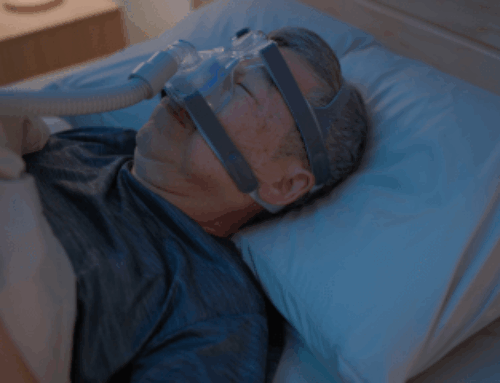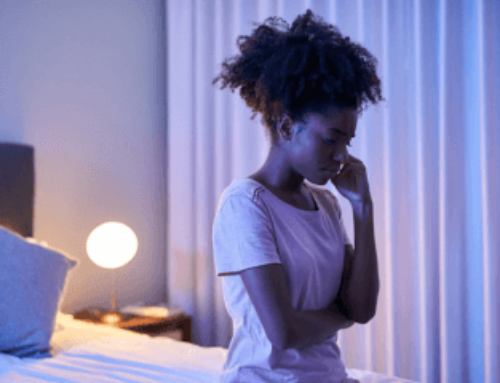DARIEN, IL – While exercise can be an important contributor to your sleep health, a growing body of research suggests that you don’t need a high intensity, grueling workout to sleep better. Even small amounts of routine physical activity may improve your sleep and overall well-being.
This is good news for the many Americans who are failing to exercise regularly. According to the CDC, about 25 percent of U.S. adults report no leisure-time physical activity.
“In general, people who are exercising even a little bit are sleeping better,” said AASM spokesperson Michael A. Grandner, PhD, Instructor in the Department of Psychiatry and member of the Behavioral Sleep Medicine Program at the Perelman School of Medicine at the University of Pennsylvania in Philadelphia, Pa. “Physical activity is good for sleep.”
Grandner’s conclusions are based on his analysis of responses from more than 155,000 participants in the CDC’s Behavioral Risk Factor Surveillance System, the world’s largest, ongoing telephone health survey. The results of his study, which were published in 2011, show that participants who reported getting any exercise at all in the past month were one third less likely to report sleep problems and half as likely to report daytime tiredness.
Grandner was surprised that the relationship between exercise and sleep was so strong, given that the survey relied on such a broad measure of exercise. The findings suggest that even small amounts of activity – such as taking the stairs instead of the elevator or going for a short walk – may have profound impacts on sleep and tiredness.
According to the CDC, physical activity is anything that gets your body moving, as long as you’re doing your activity at a moderate or vigorous effort for at least 10 minutes at a time. The CDC recommends that adults dedicate time each week to both aerobic activities such as brisk walking, riding a bike or swimming laps, as well as muscle-strengthening activities such as lifting weights or doing yoga.
AASM spokesperson Philip Gehrman, PhD, an Assistant Professor in the Department of Psychiatry at Penn and a co-author of the study with Grandner, recommends aerobic exercise in the morning or a relaxing bedtime routine that includes stretching or yoga. But he agrees that you don’t need to work up a sweat to improve your sleep. The key is simply to get moving.
For older adults with chronic insomnia or individuals with obstructive sleep apnea, a more regimented exercise program may produce benefits for their sleep. But exercise is only one component of a treatment plan for a sleep illness.
“Exercise alone is unlikely to correct a sleep problem,” said Gehrman.
Medical help for a sleep illness is available from a board certified sleep medicine physician at more than 2,500 AASM accredited sleep disorders centers across the U.S. An online directory of AASM accredited member sleep centers is available at www.sleepeducation.com.
The topic of sleep and exercise will be explored further by the 2013 Sleep in America poll, which is conducted by the National Sleep Foundation. Results of the NSF poll of 1,000 adults will be released March 4, 2013.
###
Source: Grandner MA, Patel NP, Perlis ML, et al. Obesity, diabetes, and exercise associated with sleep-related complaints in the American population. Z Gesundh Wiss. 2011 Oct;19(5):463-474.
To arrange an interview with an AASM spokesperson about exercise and sleep, or any other sleep-related topic, please contact Communications Coordinator Lynn Celmer at 630-737-9700, ext. 9364, or lcelmer@aasm.org.
The AASM is a professional membership society that is the leader in setting standards and promoting excellence in sleep medicine health care, education and research (www.aasm.org).




